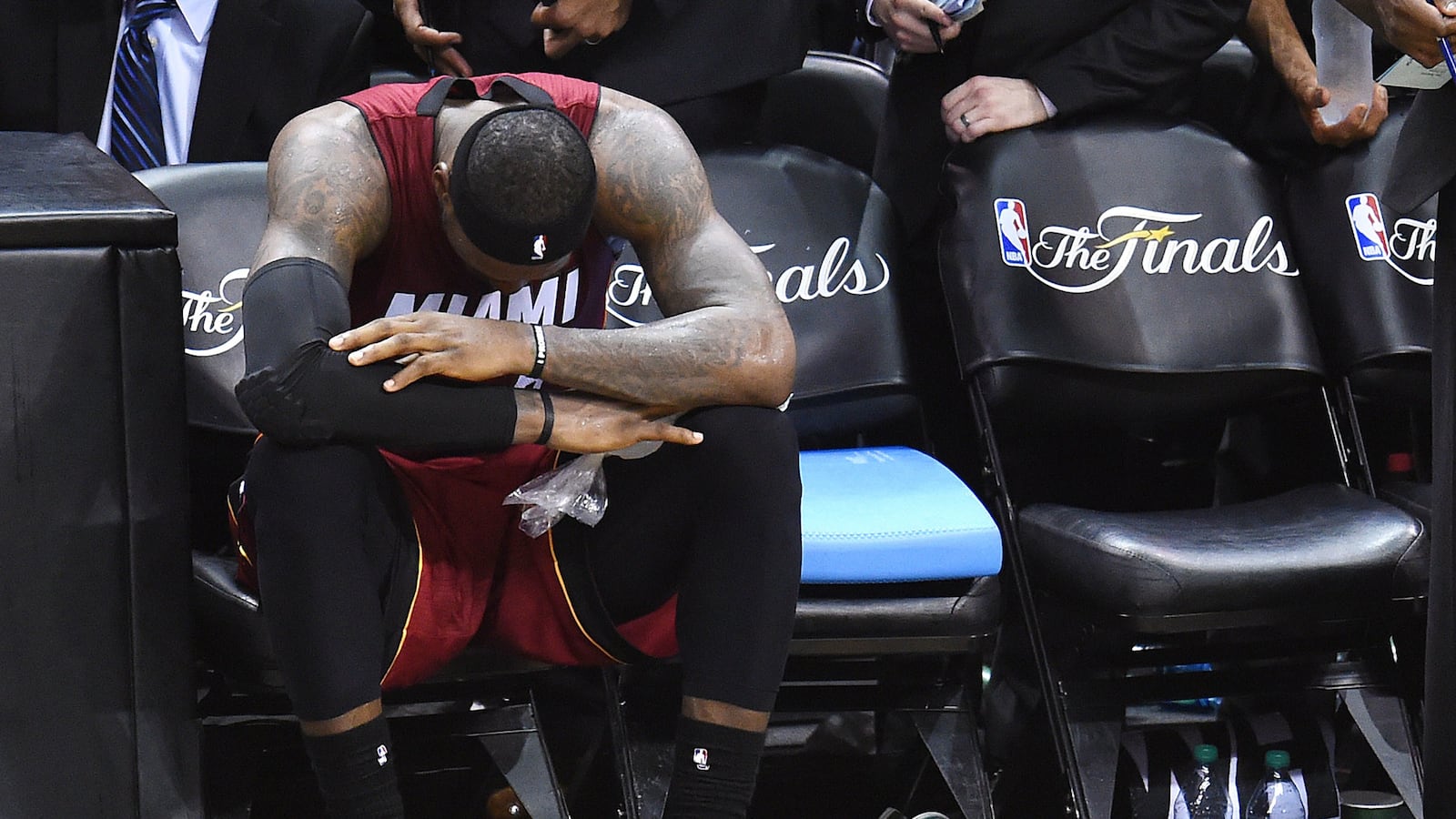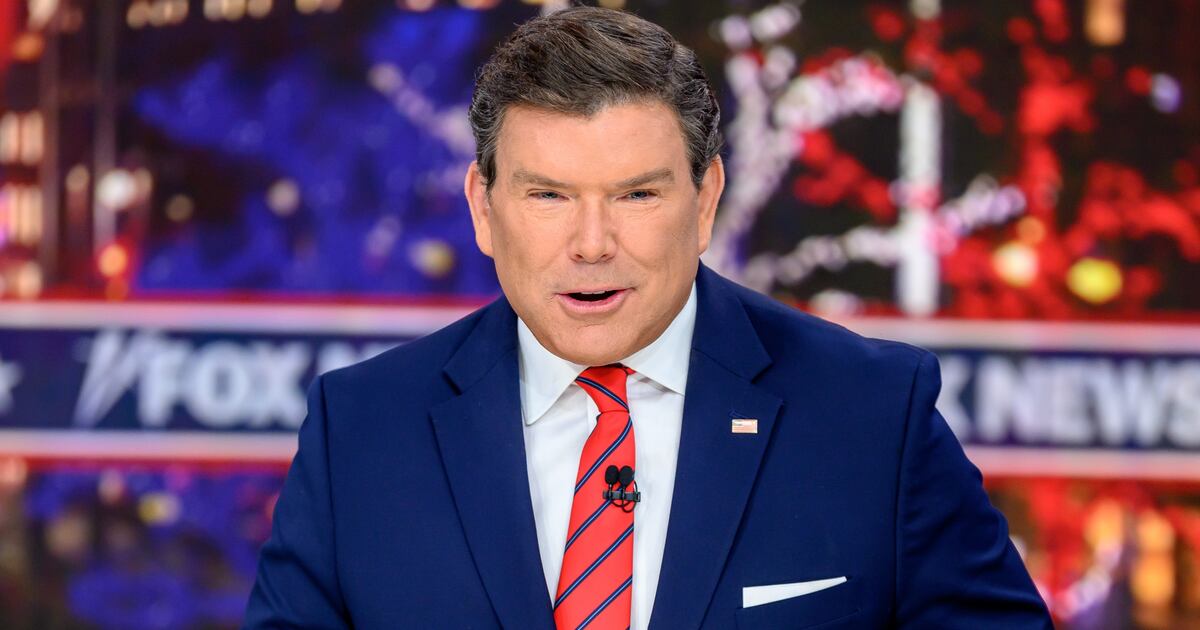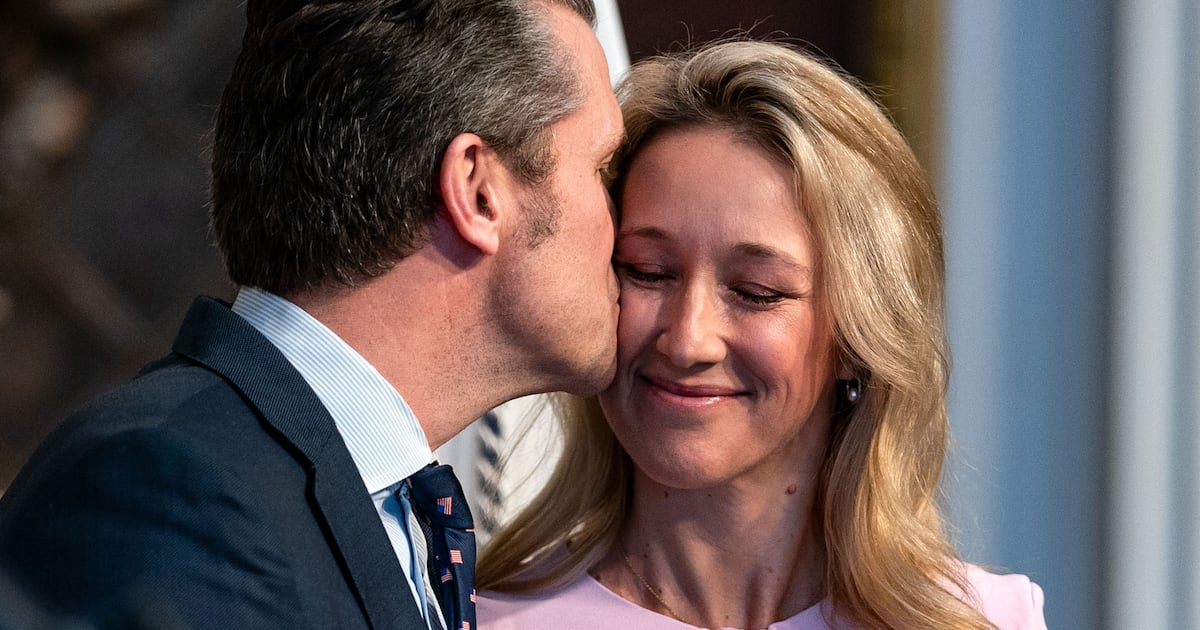There are few defenders in the National Basketball Association who can slow, let alone stop, LeBron James when he cuts to the basket to throw down a gravity-defying dunk. James is a dominant force and routinely inspires conversations about his future place in basketball history.

On Thursday, however, James’ finely tuned body was pushed to the max. The very source of his tremendous talent and athleticism seemed to betray him. From what I could see on the TV screen, James’ grimace contained equal parts pain from the muscle cramps deconstructing his body and frustration at his inability to lead his team to victory in the first game of the NBA Finals. Apparently, the air conditioning stopped working at San Antonio’s arena, resulting in temperatures that reportedly topped 90 degrees. From an athletic point of view, James is the pinnacle of human athleticism and fitness. If he can fall victim to cramps, it can happen to anyone.
So let’s break down what might have happened. A cramp occurs from sudden, involuntary muscle contraction. There are two major types of cramps: skeletal muscle cramps, James’ problem in Game 1, and smooth muscle cramps. From a medical perspective, the exact cause of muscle cramping remains poorly understood. What we do know is that nearly all cases of cramping in athletics involve high-intensity exercise or exertion to the point of exhaustion. Cramps are more common in hot environments, but can also occur at cooler temperatures. Key contributing factors to the development of cramps include dehydration and the loss of key nutrients known as electrolytes. Both of these factors occur during intense athletic activity, which results in profuse sweating. An additional factor that is associated with cramps is a history of heat cramps. James has demonstrated issues in the past with cramping and may well fall into a category of people who, for unknown reasons, are more susceptible to cramps.
The best treatment for muscle cramps? Prevention. It is critical for anyone participating in physical activity to take appropriate measures such as adequate conditioning, environmental acclimatization, hydration, and electrolyte replenishment to prevent the onset of cramps. Here, a few practical lessons. Limit exposure to high temperatures and extreme sunlight, particularly if you’re not used to those conditions. Drink plenty of water before, during, and following physical activity. Pay attention to signs from your body—if you feel slight cramping or light-headedness, take a break. Believe it or not, a break at the onset of mild cramps may let you play in the game for longer.
James is a trained athlete, he knows his body better than most of us know our own. It is likely that James took many of these factors into consideration when preparing for this game, though he could not have planned for the air-conditioning outage. Prevention is critical, but knowledge of how to treat cramps is also important. If cramps are suspected, the athlete should hydrate with both water and a sports drink, one of many ways to reclaim the electrolytes lost during intensity. The cramping muscle should be carefully stretched and massaged to relieve pain. There are a lot of creams, pain relievers, and medications that can be administered under the care of a physician, but rest and relaxation of the affected muscle group is fundamental to any treatment algorithm.
Children are particularly vulnerable to heat-related illnesses, including cramps. They do not acclimate as well to high temperatures, sweat less, and produce more body heat than adults. Kids are less likely to drink appropriate amounts of fluid in preparation of and participation in physical activity. Teach your kids good habits early, and it’ll keep them safe for a lifetime.
After cramping up, James likely received immediate access to world-class medical attention. While this may not be possible for everyone, taking steps to prevent dehydration and cramping will go a long way to ensure that you’re competing against the other team, not against yourself.







